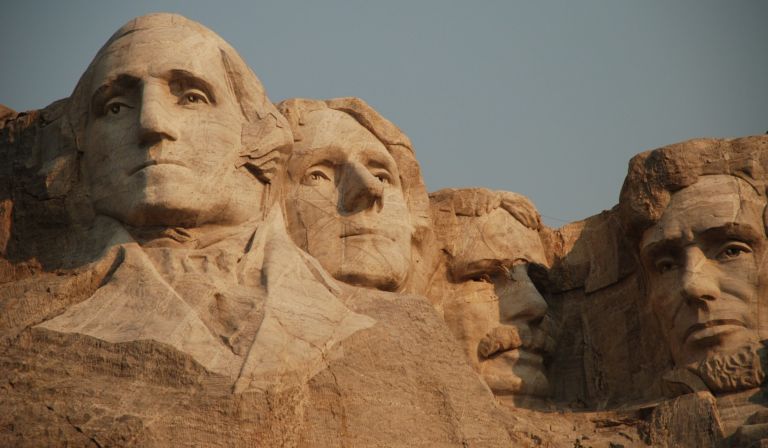Jack Butler explains at National Review Online why one particular D.C. statue deserves to be spared by the mob.
In a quiet, tree-lined area about a mile from the U.S. Capitol building, a statue has stood since 1876. Unveiled eleven years after Abraham Lincoln’s death, it depicts the 16th president holding the Emancipation Proclamation as a freed slave kneels below, his bonds being severed. Congress originally named the site of the statue, called the Freedman’s Memorial on the plaque affixed to it, Lincoln Square, making it “the first site to bear the name of the martyred president,” according to the National Park Service. It is also known as the Emancipation Memorial.
Lincoln Park’s typical quiet was broken on Tuesday by an increasingly familiar sight: a crowd seeking a statue to tear down. The more such groups deviate further from anything resembling legitimate protest against the unjust death of George Floyd, the more one questions their historical literacy. Indeed, it seems clear at this point that any old-looking statue will do: Figures of everyone from the Union general and racially progressive president Ulysses S. Grant to the abolitionist Hans Christian Heg have gotten the treatment. But if the protesters knew anything about the history and a character of the Emancipation Memorial, they would abandon their stated promise to tear the statue down. …
… The statue in question here owes its existence not to “rich white people,” but to newly freed slaves, the first of whom contributed to it her first-ever earnings as a free citizen of the United States. To tear it down would be a grave insult to the memory of those who created it.
The protests and activism that have followed in the wake of Floyd’s death deserve to be taken seriously precisely to the extent that they attempt to reckon honestly with America’s present and past injustices. Seeking the destruction of the Emancipation Memorial fails this test. …


